DIY Pet Cleaning Products: A Paw-some Guide to Homemade Solutions
I’ve always loved animals, and nothing makes me happier than seeing my furry friends happy and healthy. But let’s be honest, pet ownership comes with its fair share of messes! From muddy paw prints tracking across the pristine floors to unexpected accidents on the carpet, keeping a clean home with pets can feel like a constant battle. That’s why I’m so excited to share my favorite DIY pet cleaning products with you – a collection of simple, effective, and budget-friendly recipes that will help you tackle those pet-related cleaning challenges with ease.
The history of homemade pet care stretches back centuries, long before commercial pet products flooded the market. Our ancestors relied on natural ingredients to keep their animal companions clean and healthy, and many of these traditional methods remain surprisingly effective today. This isn’t just about saving money; it’s about taking control of what you use to clean your pet’s belongings and your home, ensuring you’re not exposing them (or yourself!) to harsh chemicals.
Why Choose DIY Pet Cleaning Products?
In today’s world, many commercially available pet cleaning products contain harsh chemicals that can be irritating to your pet’s skin and potentially harmful if ingested. Making your own DIY pet cleaning products allows you to control the ingredients, ensuring they’re gentle, safe, and effective. You’ll also find that many of these homemade solutions are significantly cheaper than their store-bought counterparts, saving you money in the long run. Plus, there’s a real sense of satisfaction in knowing you’ve created something useful and safe for your beloved companion!
So, grab your aprons and let’s dive into the world of homemade pet cleaning solutions. Get ready to discover simple recipes that will leave your home smelling fresh and your pets feeling their best!
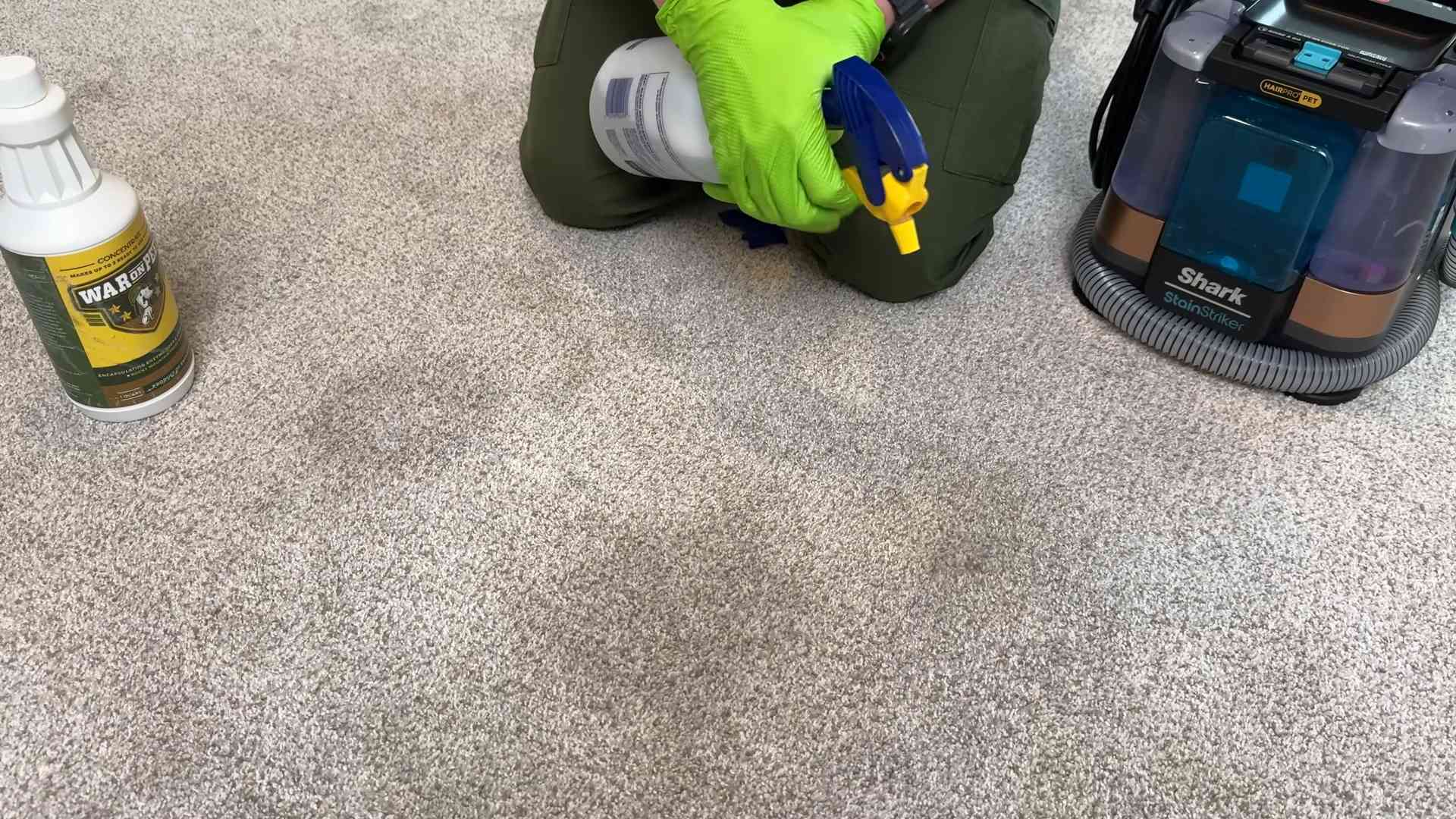
DIY Pet Cleaning Products: A Guide to Safe and Effective Homemade Solutions
I’ve always been a bit wary of commercial pet cleaning products. So many contain harsh chemicals that I just don’t feel comfortable using around my furry friends. That’s why I started experimenting with DIY solutions, and let me tell you, the results have been amazing! My pets are cleaner, happier, and I feel much better knowing exactly what’s in their cleaning products.
Section 1: Gathering Your Supplies
- Distilled Water: This is crucial to avoid mineral buildup and residue.
- Essential Oils (Optional but Recommended): Lavender, chamomile, and tea tree oil are great for pets (always dilute properly – see instructions below!). Avoid citrus oils, as they can be toxic to animals.
- White Vinegar: A natural disinfectant and deodorizer.
- Baking Soda: Excellent for absorbing odors and gently scrubbing.
- Empty Spray Bottles: Choose several different sizes for different applications.
- Measuring Cups and Spoons: For accurate measurements.
- Soft Cloths or Microfiber Towels: For cleaning and drying.
Section 2: Creating Your Pet Cleaning Solutions
1. All-Purpose Pet Cleaning Spray
- Fill a spray bottle halfway with distilled water.
- Add 1/4 cup white vinegar.
- Add 1 tablespoon baking soda. (Stir gently to avoid foaming over.)
- Add 5-10 drops of your chosen pet-safe essential oil (lavender or chamomile are excellent choices). Remember: Always test a small area first to ensure your pet doesn’t have a reaction.
- Top off the bottle with distilled water.
- Shake well to combine all ingredients.
- Spray onto pet bedding, carpets, or other surfaces, allowing it to sit for a few minutes before wiping clean with a damp cloth.
2. Pet Stain and Odor Remover
- In a small bowl, mix equal parts baking soda and white vinegar. It will fizz – that’s normal!
- Let the mixture sit for a few minutes until the fizzing subsides.
- Apply the paste directly to the stain, gently rubbing it in.
- Let it sit for at least 30 minutes, or even overnight for stubborn stains.
- Vacuum or blot up the dried paste.
- For particularly tough odors, you can sprinkle baking soda directly onto the area before applying the paste.
3. Pet Shampoo (for occasional use)
Important Note: This shampoo is for occasional use only. Over-bathing can strip your pet’s coat of its natural oils.
- In a small bowl, combine 1 cup of distilled water with 1/4 cup mild, unscented baby shampoo (avoid shampoos with harsh chemicals or dyes).
- Add 5-10 drops of a pet-safe essential oil (lavender or chamomile are good options).
- Mix well.
- Wet your pet’s fur thoroughly.
- Apply the shampoo mixture, gently massaging it into their coat.
- Rinse thoroughly with lukewarm water until all traces of shampoo are gone.
- Towel dry your pet’s fur.
Section 3: Important Considerations and Safety Tips
- Always test a small, inconspicuous area first before applying any cleaning solution to a larger surface or your pet’s fur. This helps you check for any allergic reactions or discoloration.
- Keep all cleaning solutions out of reach of children and pets.
- Never use essential oils undiluted on your pet’s skin or fur. Always dilute them properly as instructed.
- Avoid using citrus-based essential oils as they can be toxic to animals.
- If your pet ingests any of the cleaning solutions, contact your veterinarian immediately.
- For severe stains or persistent odors, consider professional pet stain removal services.
- Adjust the ratios of ingredients to suit your needs and the severity of the stain or odor. You might need to use more baking soda for particularly strong odors.
- Store your DIY pet cleaning solutions in clearly labeled containers.
- Regularly clean your pet’s bedding and sleeping areas to prevent the buildup of dirt, dander, and odors.
- Consider using a pet-specific vacuum cleaner with a HEPA filter to remove pet hair and dander effectively.
Section 4: Expanding Your DIY Pet Cleaning Arsenal
Once you’ve mastered these basic recipes, you can experiment with other natural ingredients to create even more customized cleaning solutions. For example, you could add a few drops of tea tree oil (known for its antiseptic properties) to your all-purpose spray for extra cleaning power. Just remember to always prioritize safety and test any new ingredients before using them on a large scale.
Remember, these DIY pet cleaning products are a great alternative to commercially available options, but they are not a replacement for veterinary care. If your pet has a skin condition or allergy, consult your veterinarian before using any new cleaning products.
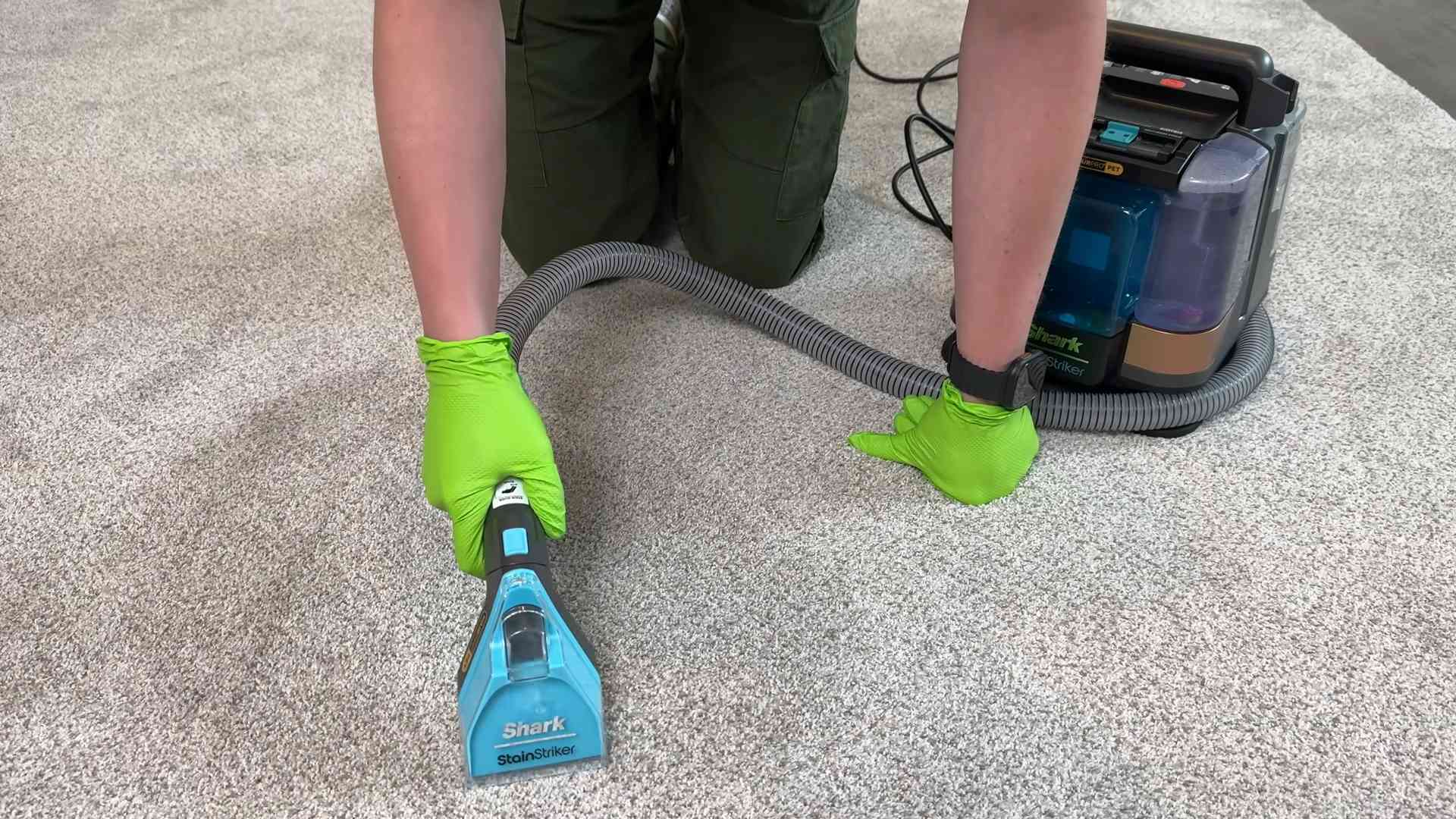
Conclusion
Making your own DIY pet cleaning products offers a compelling blend of cost savings, environmental consciousness, and the peace of mind that comes from knowing exactly what you’re using on your beloved furry friend. This simple DIY approach allows you to avoid harsh chemicals often found in commercial products, which can be irritating to your pet’s sensitive skin and potentially harmful if ingested. The recipes are incredibly easy to follow, requiring only readily available ingredients, many of which you probably already have in your pantry or cleaning cupboard. You’ll be amazed at how effective these homemade solutions are in tackling everything from muddy paws to lingering pet odors, leaving your home smelling fresh and your pet feeling clean and comfortable. Beyond the immediate benefits, creating your own pet cleaning solutions empowers you to take control of your pet’s hygiene and contribute to a more sustainable lifestyle. It’s a win-win for you, your pet, and the planet.
Don’t be afraid to experiment and adapt these recipes to your pet’s specific needs and your personal preferences. For instance, you can add a few drops of essential oils like lavender or chamomile (always ensuring they are pet-safe) to your cleaning solutions for an extra layer of freshness and calming aroma. If your pet has particularly sensitive skin, consider diluting the solutions further or opting for gentler ingredients like oatmeal or aloe vera. The possibilities are endless! You can even tailor the recipes to target specific messes – a stronger solution for particularly stubborn stains, a gentler one for everyday cleaning.
We strongly encourage you to try out these DIY pet cleaning products and experience the difference for yourself. The satisfaction of creating something effective and safe for your pet is incredibly rewarding. Share your experiences with us! Let us know which recipes you tried, how they worked for you, and any modifications you made. Your feedback will help other pet owners discover the joys and benefits of homemade pet care. Join the growing community of pet lovers who are embracing natural and affordable solutions for a cleaner, healthier home and a happier pet. Post your photos and results on social media using #DIYPetCleaning and tag us – we can’t wait to see what you create!
Frequently Asked Questions
What ingredients are safe for my pet?
Safety is paramount. Always prioritize pet-safe ingredients. For cleaning solutions, white vinegar, baking soda, and water are excellent bases. Essential oils should be used sparingly and only if they are specifically formulated for pets. Avoid using harsh chemicals like bleach, ammonia, or strong disinfectants, as these can be toxic to your pet. If you are unsure about the safety of an ingredient, consult your veterinarian before using it.
How often should I use these DIY pet cleaning products?
The frequency of use depends on your pet’s lifestyle and the specific product. For everyday cleaning of paws and minor messes, you can use the solutions daily. For deeper cleaning of carpets or upholstery, you may need to use them less frequently. Always test a small, inconspicuous area first to ensure the solution doesn’t damage the fabric or surface.
Can I use these products on all types of pets?
While these recipes are generally safe for most pets, it’s always best to test a small area first, especially if your pet has sensitive skin or allergies. Certain essential oils, for example, may not be suitable for all animals. If you have any concerns, consult your veterinarian before using these products on your pet.
How long do these DIY pet cleaning products last?
The shelf life of your homemade pet cleaning products will depend on the ingredients used and how they are stored. Generally, solutions made with water and vinegar should be used within a week or two, especially if stored at room temperature. Proper storage in airtight containers in a cool, dark place can extend their lifespan. Always check for any signs of spoilage or unusual odors before using.
Are these DIY pet cleaning products as effective as commercial products?
Many pet owners find these DIY solutions to be just as effective, if not more so, than commercial products. The effectiveness depends on the specific recipe and the type of mess you’re tackling. For stubborn stains, you may need to apply the solution and let it sit for a while before cleaning. For everyday cleaning, these products are often more than sufficient.
What if my pet ingests some of the cleaning solution?
While these recipes are made with pet-safe ingredients, ingestion should be avoided. If your pet ingests a significant amount of the cleaning solution, contact your veterinarian immediately. Keep all cleaning products out of your pet’s reach to prevent accidental ingestion.
Where can I find the ingredients for these DIY pet cleaning products?
Most of the ingredients are readily available at grocery stores, pharmacies, or online retailers. White vinegar, baking soda, and water are commonly found household items. If you choose to use essential oils, ensure they are specifically formulated for pets and purchased from a reputable source.
Can I make these DIY pet cleaning products in large batches?
Yes, you can certainly make these products in larger batches to save time and effort. Just be sure to store them properly in airtight containers in a cool, dark place to extend their shelf life. Label the containers clearly with the contents and date of preparation.

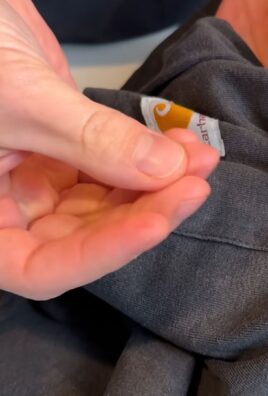
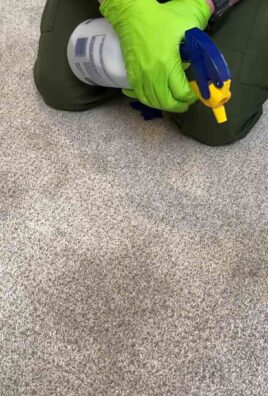
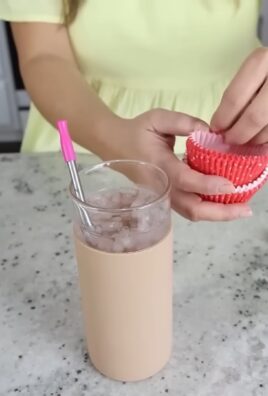
Leave a Comment